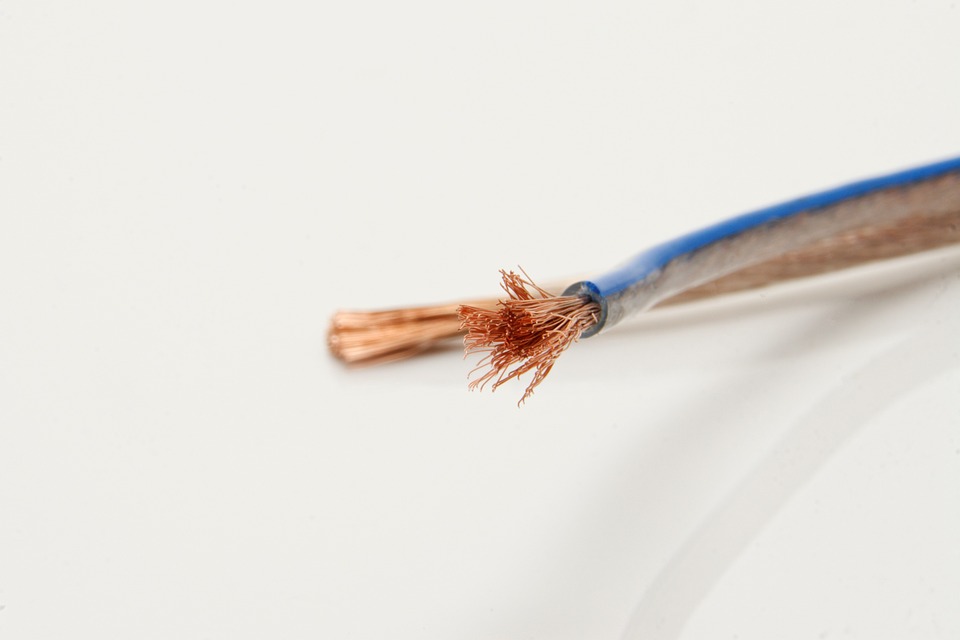Audiophiles and hi-fi enthusiasts love a good debate over speaker wire gauge. We’ll break down the fundamentals of speaker wire gauge in a practical, non-technical way, so you can be more informed when picking what’s best for your set-up!
Understanding Speaker Wire Gauge: The Basics
Powered nearfield monitors—the kind most of us have in our studios—don’t use speaker wire. That’s because they’re not driven by an external amplifier; you just plug them into an electrical outlet and you’re good to go.
But passive speakers, like the kind found in home audio and hi-fi systems, for example, use wire connected to an amplifier and to the speakers themselves for power. In a studio context, the famous Yamaha NS-10s are a perfect example of a passive speaker requiring an amplifier source and speaker wire to connect them all up.
Understanding the AWG Scale
AWG stands for American Wire Gauge. It’s a universally accepted system that’s been the standard since 1857 for any electrically conducting wire. One important thing to remember is that lower numbers are thicker wires, and higher numbers are thinner wires.
12-, 14-, 16-, and 18-gauge wire are the most common, with 16 being a good middle ground on the AWG scale. You’ll typically use one of these gauges in the majority of connections for music systems, home theaters, and other consumer applications.
Considerations for Finding the Right Speaker Wire Gauge for Your Studio
Now we’ll take a look at some practical solutions to speaker wire based on a few considerations.
How far do you need to run the cables?
This is probably going to be the biggest factor in choosing the right gauge. In most home stereo systems, you’ll likely going to be using 18- or 16-gauge wire, with thicker gauges reserved for longer runs.
One general rule is to go up 2 gauges from whatever size you use for shorter runs if you’re doing a longer run. So if you normally use 18-gauge wire, use 14 for a longer distance.
- 18 AWG: up to 25 feet for most average-power (50W RMS) home and car speakers
- 16 AWG: 25-50 foot runs for average-power home and car speakers; sub-20 foot runs for higher power speakers
- 14 AWG: 100+ foot runs
Choosing Wire Materials
You’ll come across three main wire materials on your hunt for speaker wire.
- Copper: the most common material you’ll find. It’s been the standard for ages. Usually it will be a stranded copper wire, meaning it isn’t one solid piece; instead, it’s a bunch of tightly packed thin copper strands.
- Silver: audiophile speakers will sometimes make use of silver wire. It conducts electricity better than copper, but it’s more expensive. Typically a silver speaker wire will be silver-plated copper and not solid silver.
- Copper-Clad Aluminum: it’s cheaper than copper and one of the more popular styles of wire. Try to stick with plain old copper if you can.
Using Braided Wire
Braided is just another term for “stranded.” All speaker wire sold is stranded. It’s more flexible than solid, so it’s ideal for home stereos where you’ll have limited space and need to twist and manipulate the wire.
How to Decide on a Speaker Wire Gauges
For the vast majority of “everyday” usage, you’re probably going to go with 18- or 16-gauge speaker wire. If you’re doing an unusually long run, you can get away with 14-gauge wire.
18-gauge is great because it’s a good balance between affordability and the power it’s able to handle, and it’s very common.
